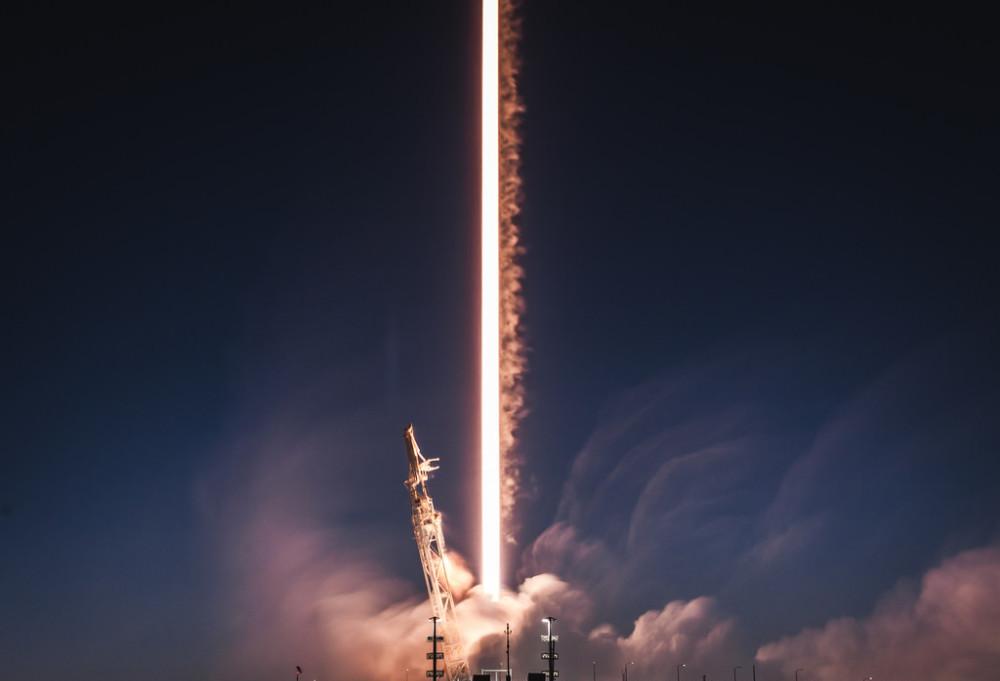Washington, February 10 (Xinhua) -- According to a number of US media reports on the 10th, NASA expressed concern about the second-generation "Starlink" plan of the US Space Exploration Technology Company. Nasa said the plan to deploy an additional 30,000 satellites in low-Earth orbit could cause "severe congestion" in the orbit, increase the risk of collision, and affect NASA's scientific research and manned space missions.

On February 22, 2018, at Vandenberg Air Force Base in California, the Falcon 9 rocket was launched. Xinhua News Agency (Courtesy of the US Space Exploration Technology Corporation)
NASA said in a letter to the Federal Communications Commission on the 8th that there are currently about 25,000 objects in orbit around the earth, of which about 6,100 objects have a perigee altitude of less than 600 kilometers. The second-generation "Starlink" program will increase the number of objects in orbit around the Earth by more than 1 times and the number of objects operating in orbits with a perigee altitude of less than 600 km by more than 4 times.
Space Exploration Technologies sent the first 60 Starlink satellites into space on May 23, 2019, and plans to build a "Starlink" network of about 12,000 satellites in space between 2019 and 2024 to provide high-speed Internet access services from space to Earth. In May 2020, the company submitted an application to the Federal Communications Commission for the implementation of the second-generation Starlink program, which plans to deploy an additional 30,000 satellites, bringing its total number of satellites to 42,000. Currently, the FCC is reviewing the application.
In a letter to the Federal Communications Commission, NASA said that just from the number of objects in the above orbit, adding so many "starchain" satellites within the limited orbital altitude will inevitably increase the risk of satellite debris impact. It is necessary to ensure that the deployment of the second generation of the "StarLink" system is "prudently carried out" to maintain the safety of spaceflight and the long-term sustainability of the space environment. NASA recommended that Space Exploration Technologies provide an analysis report proving that it has the ability to regulate the Starlink satellites it plans to deploy.
The US media quoted the Space Exploration Technology Company on the 9th as a report that the company launched a total of 49 "Starlink" satellites on February 3, but suffered a geomagnetic storm the next day, of which as many as 40 satellites were damaged due to the inability to restore normal orbital altitude.
The astronomical community has long expressed concern that the sheer number of satellites could affect astronomical observations. Some space experts warn that such a large number of satellites could create "space congestion" or "space junk."